Itinerary 2 - From the Drylands to the Wetlands
70
km
32
stops
100
duration
70
km
32
stops
100
duration

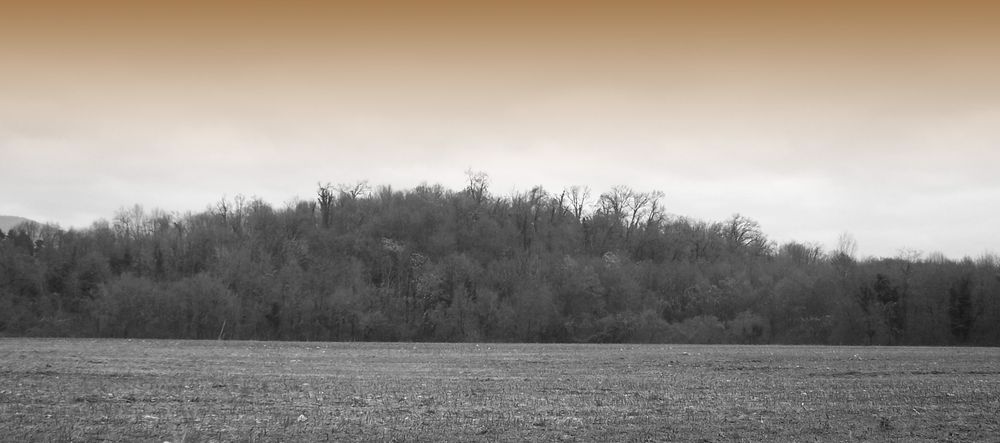
San Zenone hill - Itinerary 2 departure
The last of the hills
The reference point near the start is the hill of San Zenone, a small isolated hill, the last of the hills that enliven the panorama between Meduna and Tagliamento
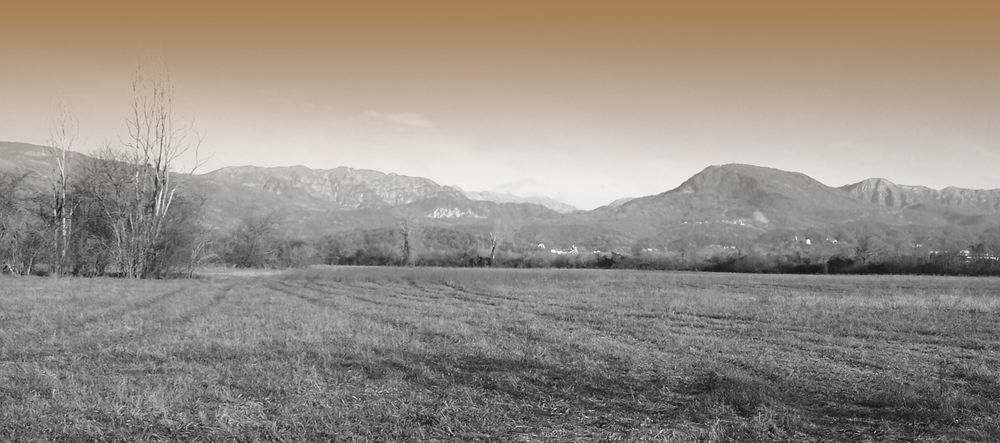
Stable meadows
A precious reservoir of biodiversity
Herbaceous formations, made up of a large number of spontaneous plant species, which have never undergone tillage and are maintained only with mowing operations and possible fertilization
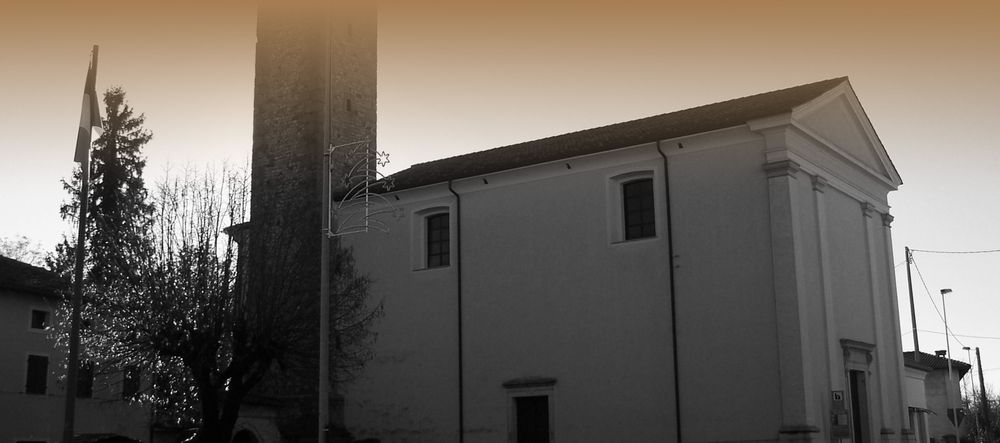
Church of San Biagio
A church the community eagerly awaited
There is little information on the church dedicated to Saint Blaise, except for an unflattering passage about the inhabitants of Istrago in the 15th century, who were excommunicated for failing to pay the required tithes. The main façade features a stone portal with elegant lines and an inscription on the architrave, acknowledging that the building was commissioned by the people (PIETAS POPUL. EREXIT).
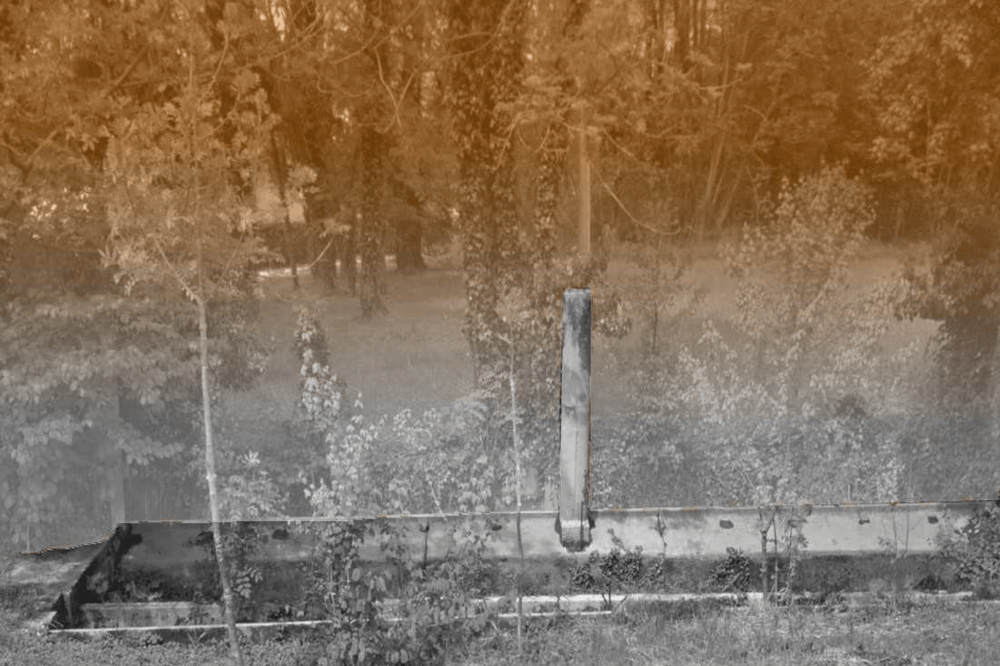
Istrago Mill
The mysterious mill
The Istrago mill lies along the so-called "Lestans" canal, derived in an unspecified period from the Cosa torrent, once a very important source of energy for the economic activities of the area.
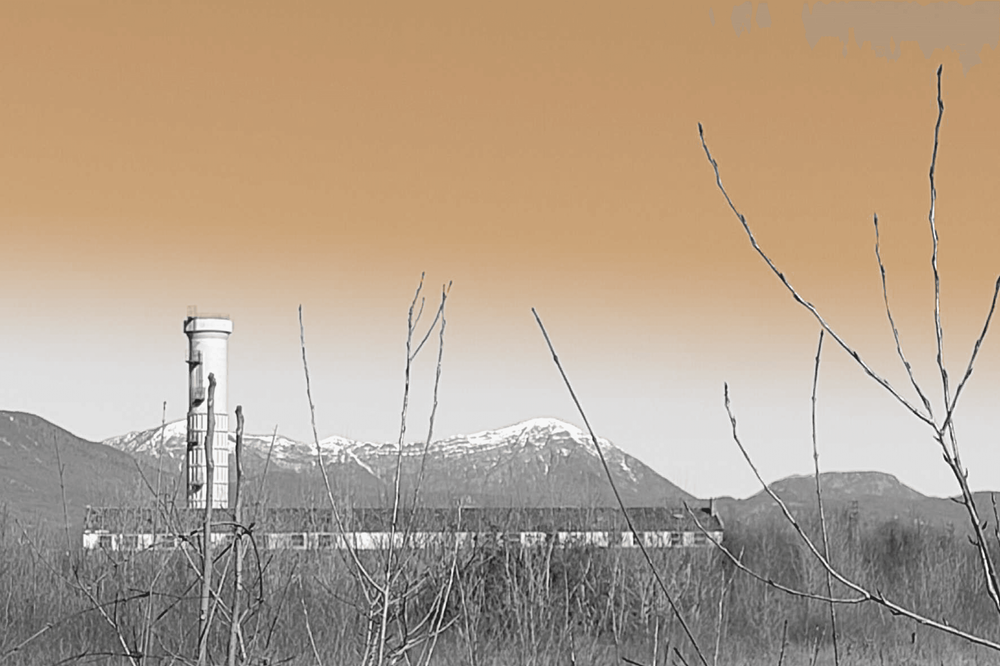
Airship Hangar
The bombers of the Great War
Built in 1916, the hangar stands as a testament to the early days of aviation and remained operational until the breakthrough at Caporetto. It was complemented by various support facilities, including a hydrogen production laboratory. Today, the vast structure's remnants, visible from kilometres away, include the floor, traces of the steel door tracks, and the concrete anchorage embankments of the large shed.
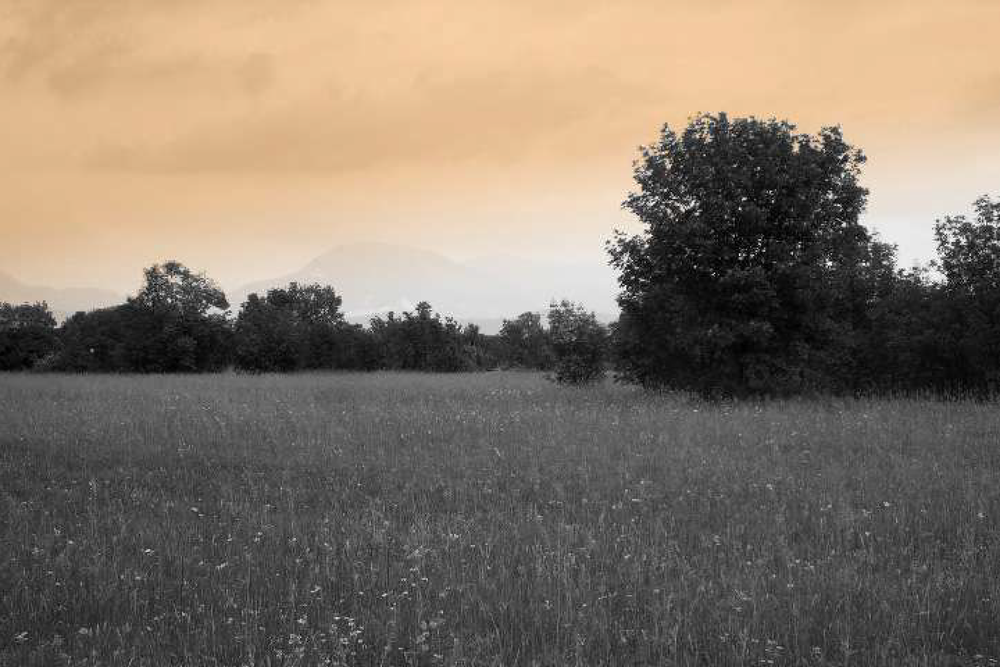
Magredi of Tauriano
A steppe in the heart of Friuli
This semi-flat region, historically used by local villagers for grazing cattle, presents a unique natural environment characterised by dry, steppe-like grasslands interspersed with mature hedges and small groves. The area serves as a nesting ground for hen harriers, peregrine falcons, marsh owls, and grey shrikes. Interestingly, the wolf, a former resident, has recently returned.
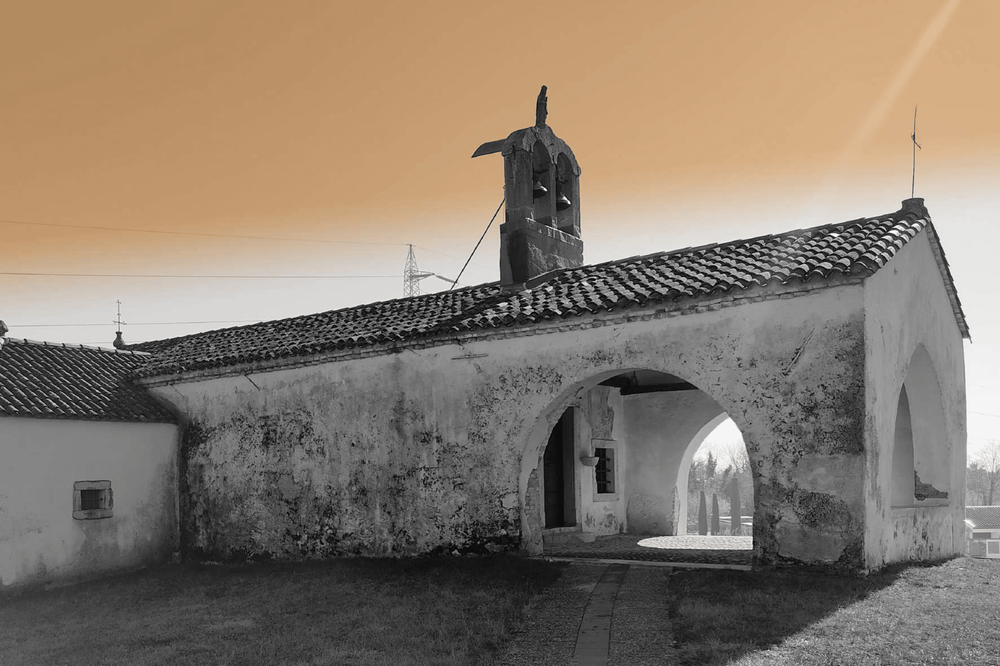
Church of St. Roch in Tauriano
The church atop the protohistoric mound
In 1506, the Confraternity of Saint Roch of Tauriano, engaged in the fight against plagues (which were frequent at the time), acquired a family’s roccolo, a wooden hut used for bird hunting, to build a small church dedicated to the saint. Located at the village entrance on routes to Spilimbergo and Istrago, the building likely served both sacred functions and as a place for the care and isolation of the afflicted.
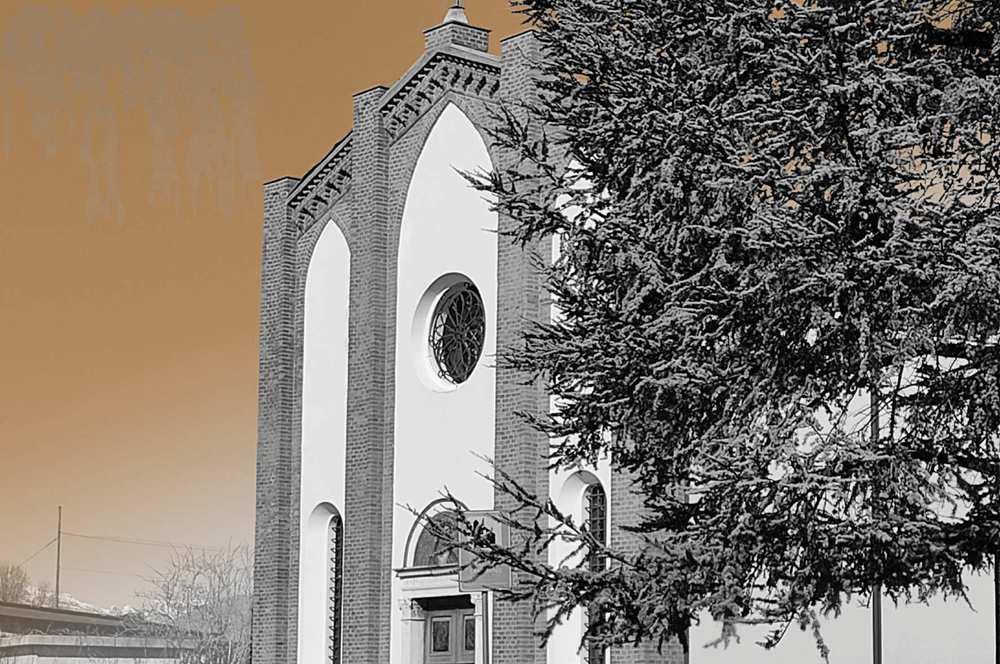
Church of St. Nicolò in Tauriano
The frescoes that reappeared with the earthquake
The Church of San Nicolò, established in 1293, has been remodelled several times over the centuries, now featuring a neo-Gothic façade. The apse frescoes, created in 1502 by Gianpietro da Spilimbergo, are particularly remarkable, depicting narratives from the saint's life. Distinctive architectural elements include two domed side chapels. Moreover, the distinguished painter Umberto Martina contributed significantly to its artistic landscape in the early 20th century.
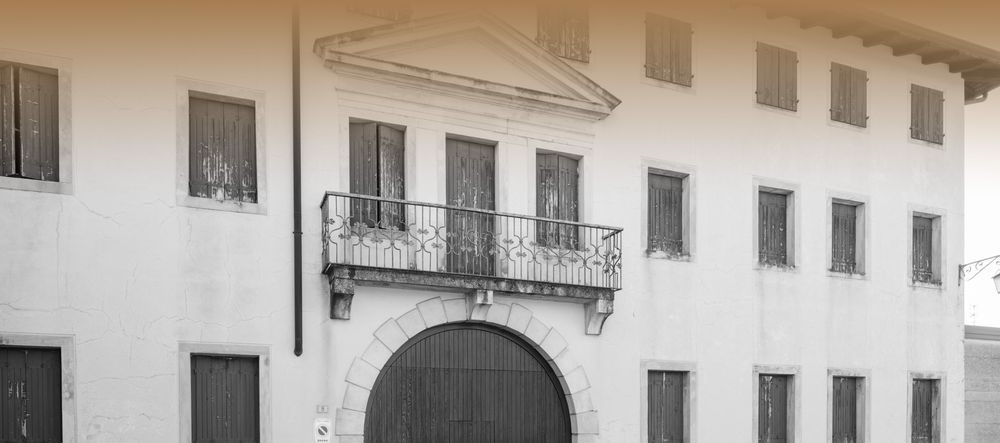
Martina-Indri palace
The symbol of the new social status
In an exclusively agricultural context in the eighteenth century the Martina family took on a bourgeois character and wanted to represent it in the town by building a building that had an urban and not rural character
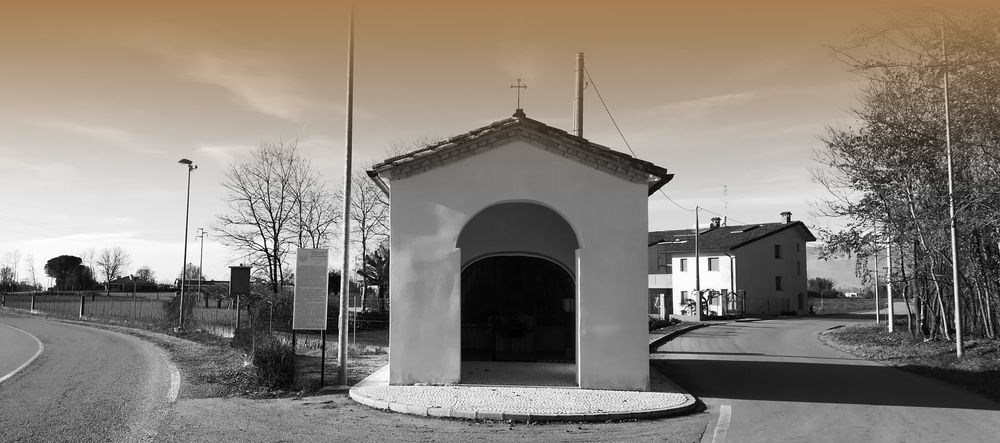
Chapel of Our Lady of Good Counsel (also Wayside shrine of San Cristoforo)
900 kilometres on foot!
The chapel comprises two distinct parts: a 16th-century barrel-vaulted apse and a welcoming porch. Inside, the walls are entirely covered in sacred frescoes. Particularly captivating are the many inscriptions left by Eastern European travellers, who likely took the Via Regia route—a journey of 900 kilometres from Lublin to Tauriano—possibly as they headed to the universities of Padua or Bologna!
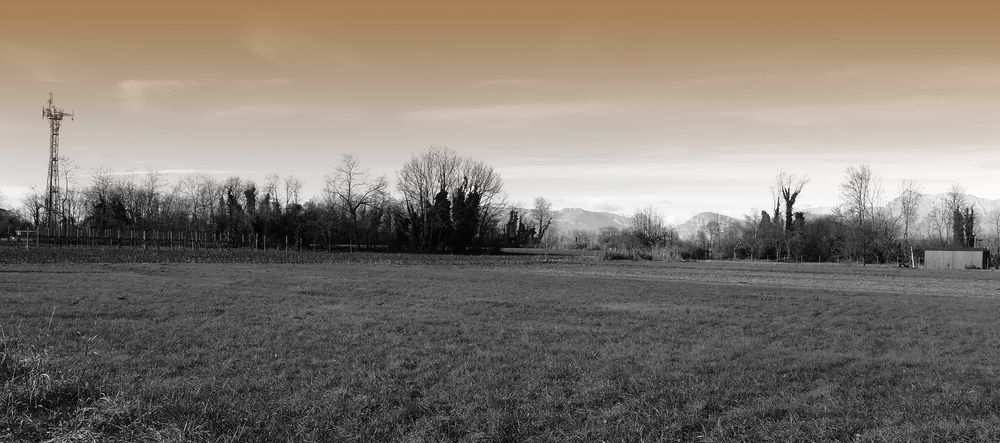
Stable meadows area
The meadows and hedges
Descending from Tauriano towards Barbeano you come across some interesting fragments of stable meadows still well preserved within a landscape of closed fields
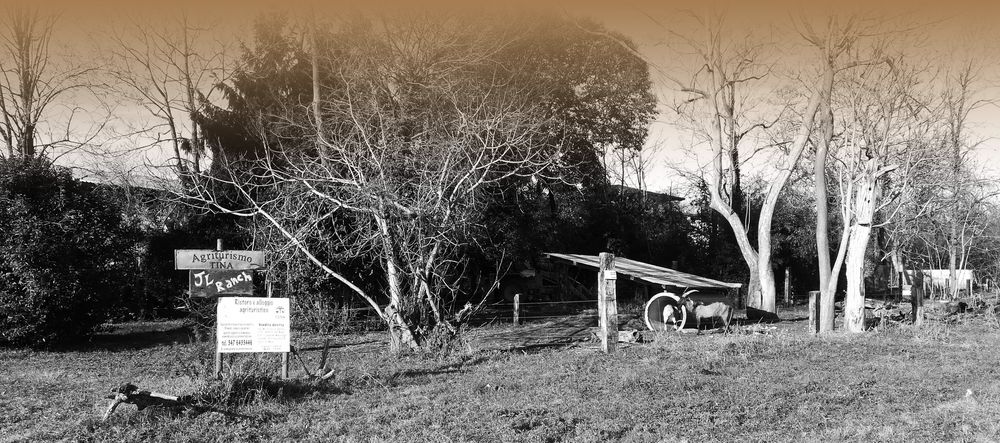
Tina Farmhouse and great reorganized plains
A testimony of change
In the twentieth century, the territories of the great plain underwent profound restructuring actions to make arid soil productive. First of all, at the beginning of the 1950s, actions became indispensable to bring mountain water into territories that only had small canals from the Middle Ages or slightly later.
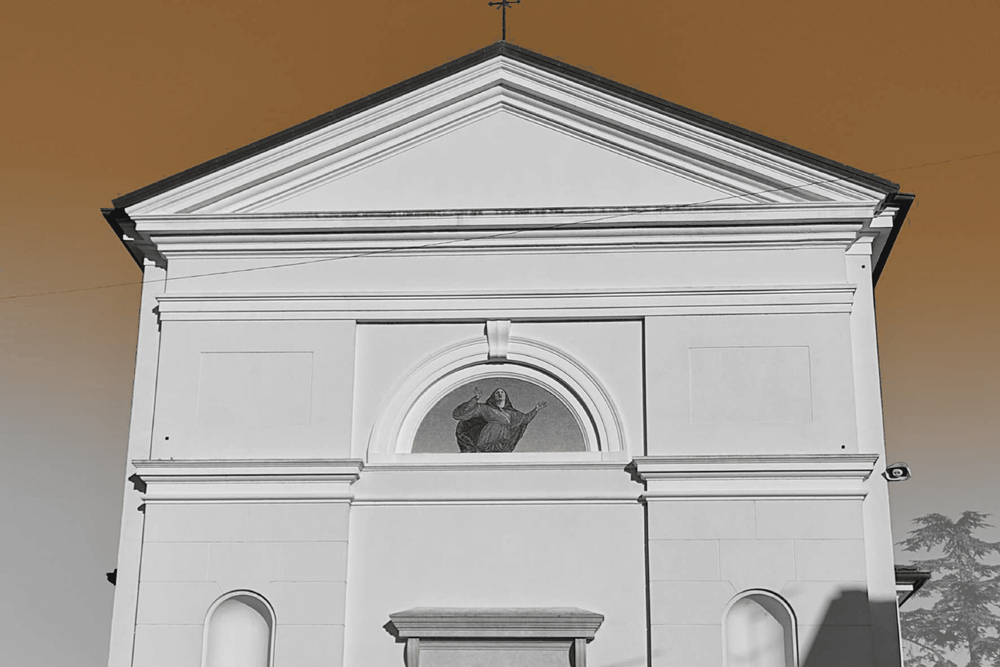
Church of St. Mary and St. Joseph
One-of-a-kind Nativity
Built in the mid-19th century, the church replaced the old parish church by the Meduna stream. Pietro Costantini, the grandfather of Cardinal Celso Costantini, oversaw the construction. The interior features valuable artworks, including a large 20th-century painting of the Nativity and a 17th-century altarpiece by Ravenna painter Matteo Ingoli.
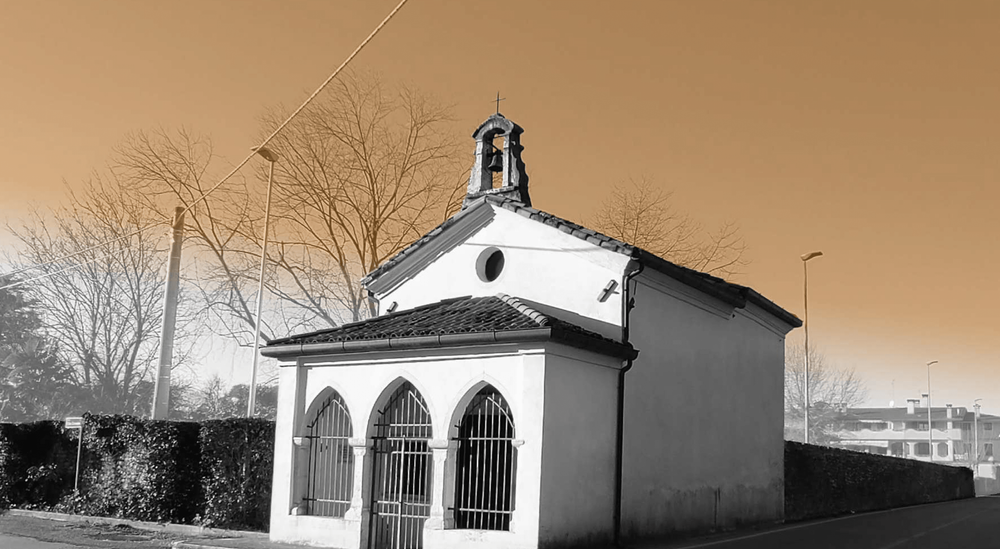
Church of St. John
A disputed church
The location on the border between Rauscedo and Domanins in the twentieth century was the cause of strong tensions between the two communities. The dispute resulted in a general brawl, when punches and slaps flew and the two parish priests barely managed to calm things down. The situation was resolved only in 1950.
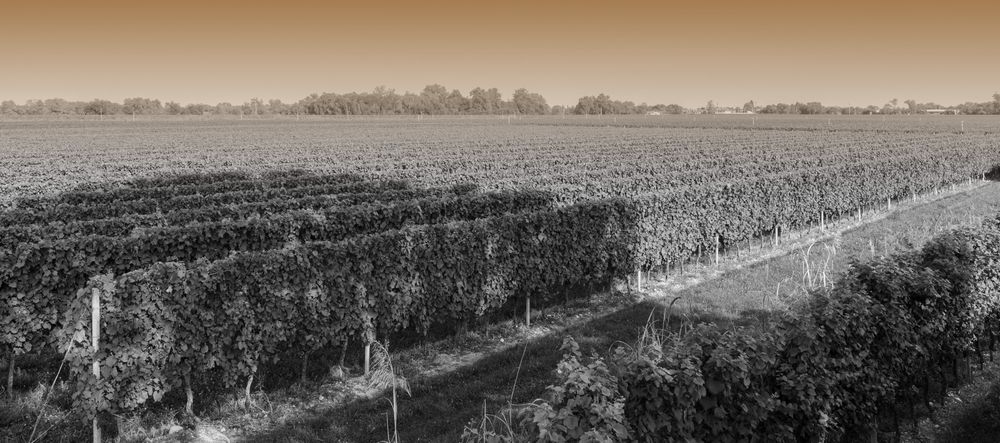
Old cultivated riverbed
Flood protection
One of the historic branches of the Meduna disappeared in the mid-20th century to ward off floods from Rauscedo and Domanins.
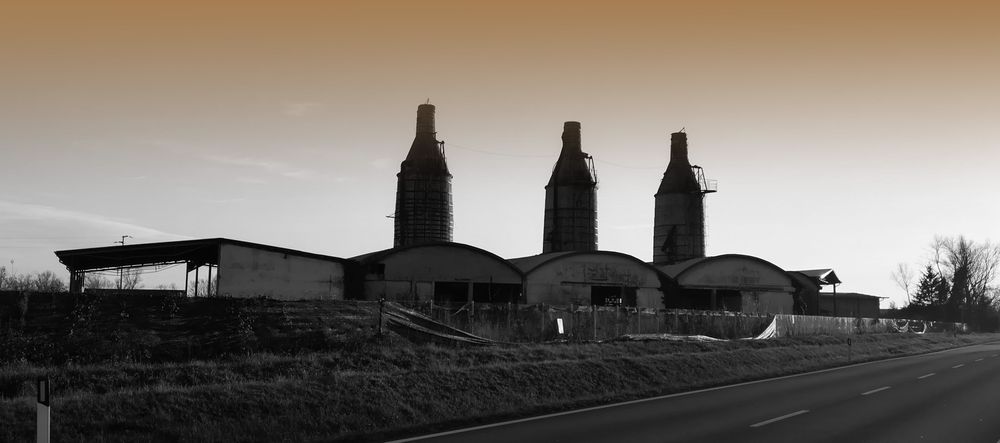
Lime kiln
Example of industrial archaeology
In the distance the profile of the Ermacora lime kiln emerges. The furnace is an important testimony to the practices linked to the presence of very pure aggregate along the river.
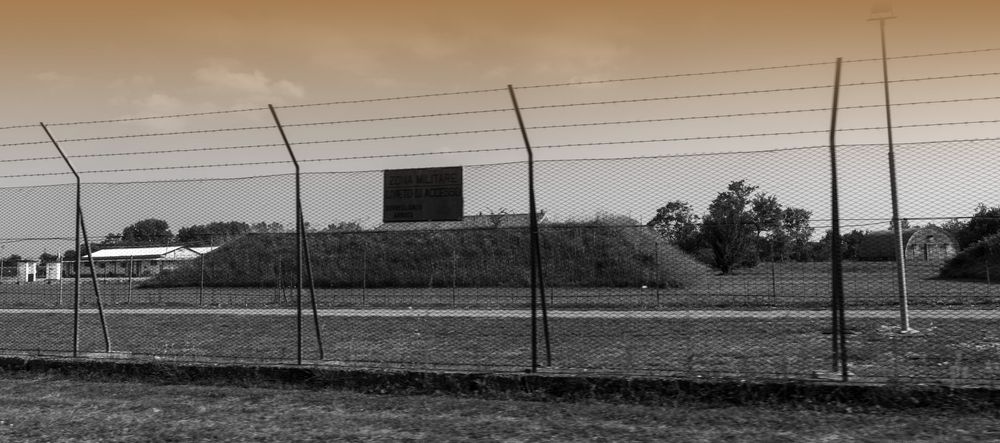
Cold War Powder Keg
Fear of the Soviet advance
After the Second World War the entire Tagliamento line was built with bunkers and military works that were supposed to counter the hypothesized arrival of the Soviet armored columns. The line in this area was manned by the Arrest Battalions which were based in Arzene and to the west there was the large powder magazine.
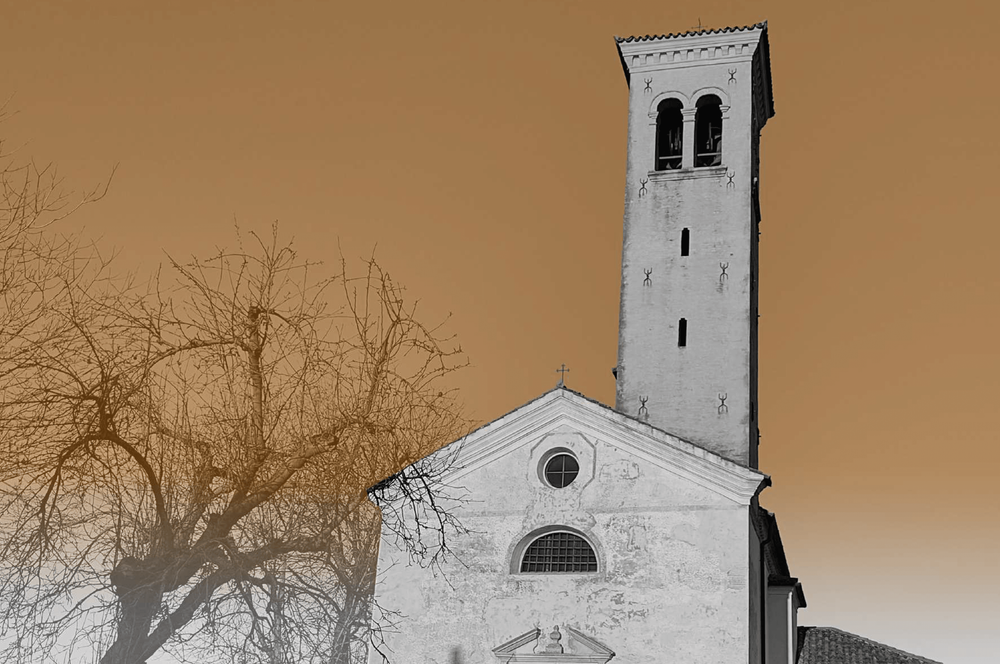
Church of St. Lawrence
The church with the chained she-devil
Completely restored after the 1976 earthquake, the church houses numerous images of saints painted by the faithful as a vow. However, an unusual depiction of a she-devil near the side door captures the viewer's attention. She is black and hairy, with horns and bat-like wings, pendulous breasts, and is shown in the act of defecating. She appears to want to seize souls with her claws but is restrained by a chain. This image serves as a reminder of the devastating Black Death plague of 1348.
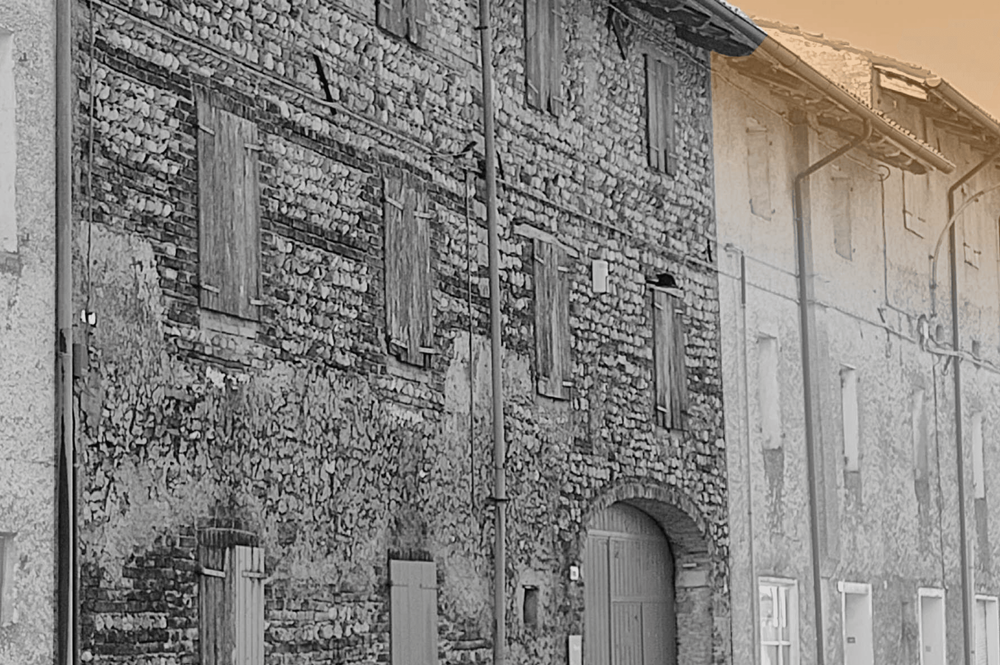
Birthplace of Harry Bertoia
Where Bertoia, the eclectic genius, was born
The home of Arieto, aka Harry Bertoia is easily recognisable. It features a typical rural design with exposed stonework, a low arch, an inner courtyard, and a stable, all accentuated by striking red-painted shutters. The artist was born here in 1915 and spent his childhood soaking in experiences that would later inspire and fuel his artistic journey. Today, while preserving the original structure, the house has been beautifully transformed into an exhibition centre.
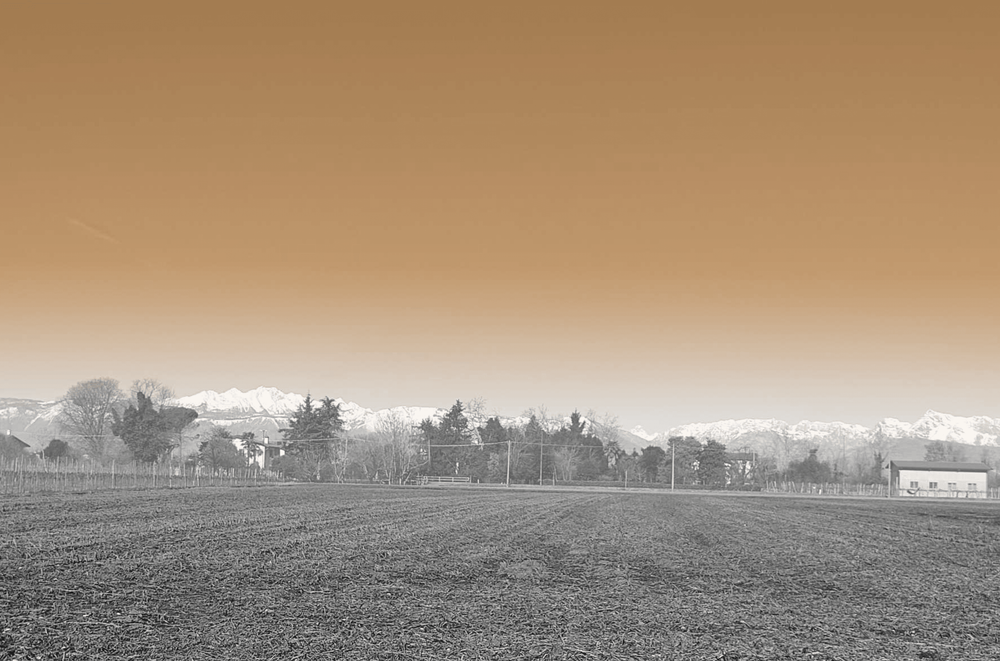
Invisible Roman Artefacts
Ancient funerary area
The area between Arzene, Maiaroff and San Lorenzo has revealed over time a notable concentration of finds from the Roman period. The first discoveries occurred between the nineteenth and twentieth centuries, when coins, mosaic tiles, amphorae and ceramics were recovered.
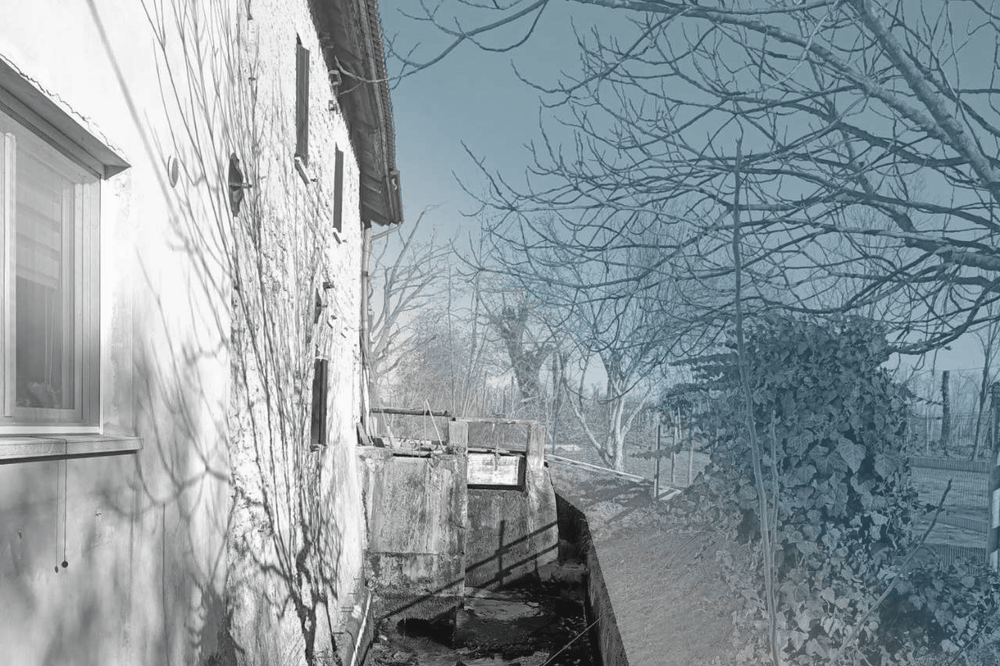
Majaroff Mill
The Fairy Mill
It is a historic mill, once owned by the Counts of Valvasone, situated on the Roggia dei Mulini. Originally, it had three water wheels for grinding wheat and barley, which were later replaced by a turbine. Over the centuries, it has been modified multiple times and underwent a historical restoration in 1976. According to old folk tales, fairies would magically appear here in the evening, playfully tricking the wagon drivers, and disappear at the sound of the morning Ave Maria bells.
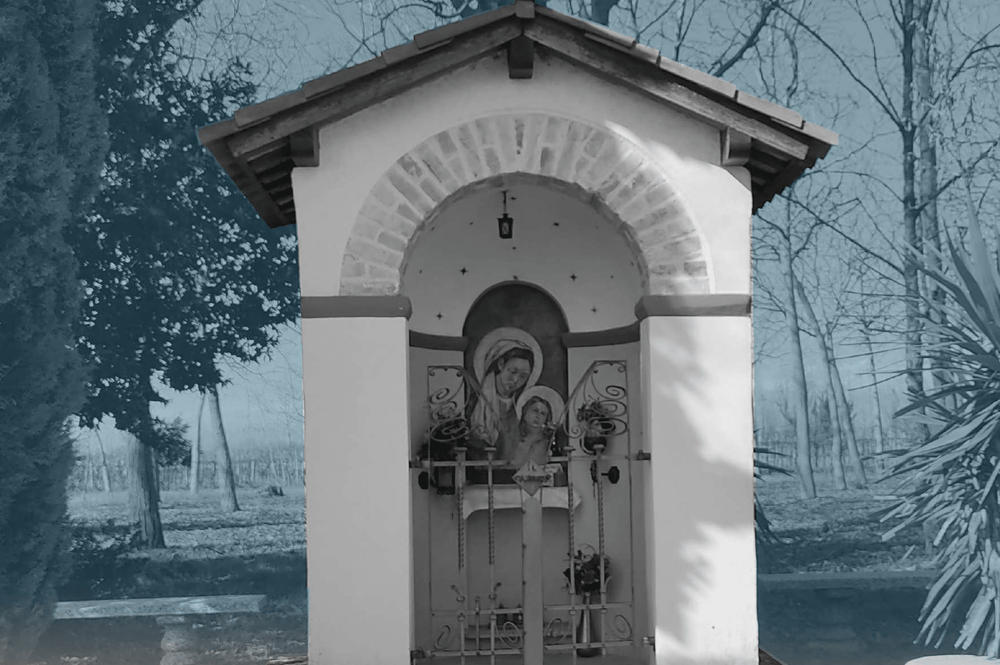
St. Anne's capital
Protection against wolves
Saint Anne, to whom the small field chapel is dedicated, was a beloved saint in the wolf-infested countryside. Up until the 18th century, wolves posed a real threat, particularly to children who were in charge of leading the flocks to pasture. Until quite recently, the chapel was a cherished devotional destination for women from all over the area who gathered here to pray the rosary and seek blessings for milk after childbirth.
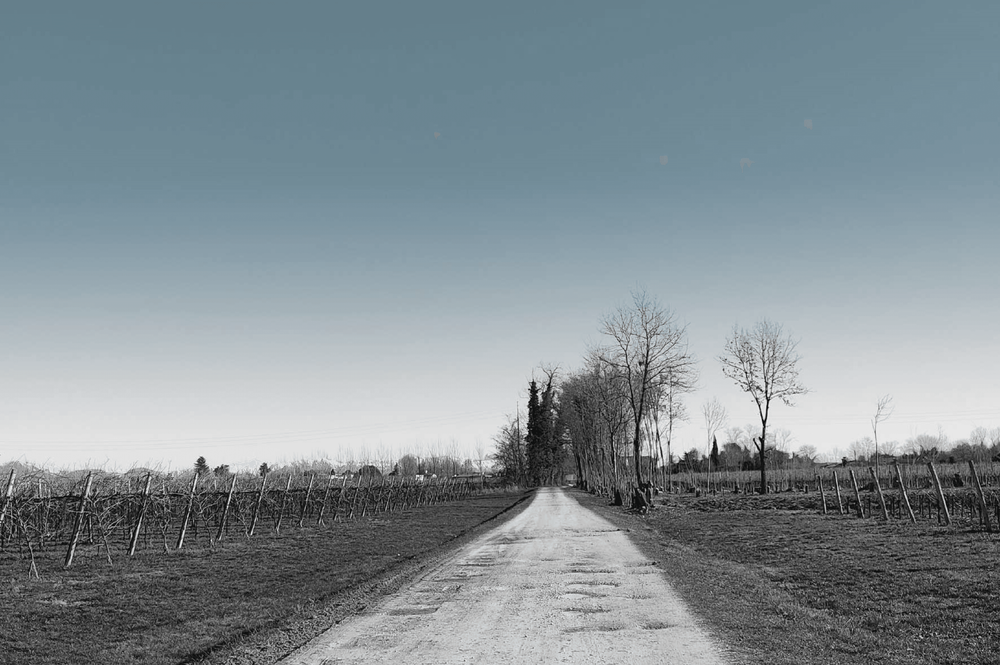
Via Postumia
The ancient connection between Genoa and Venice
The Via Postumia was a Roman consular road built in 148 BC. by the Roman consul Postumius Albinus, who crossed the entire Po Valley, at the time called Cisalpine Gaul. The road extended for 634 miles, approximately 932 km, connecting the two main ports of the time in the northern Mediterranean (Genoa and Aquileia) and connecting cities such as Tortona, Piacenza, Cremona, Verona and Vicenza.
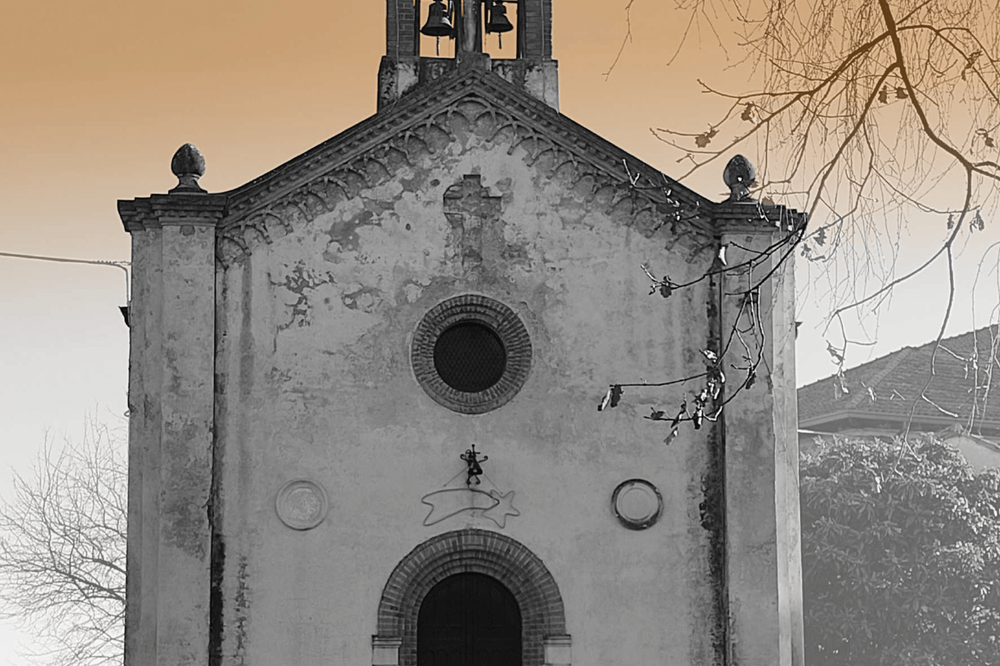
Church of St. Margaret in Sile
On the far edge of the territory
In the Casarsa area, the village farthest to the west is Sile. This is where Roman-era artefacts were found. The local community of observants is connected to the neighbouring parish of Orcenico Inferiore di Zoppola. The Church of Santa Margherita serves as a key venue for significant events, such as the festival held at the beginning of summer.
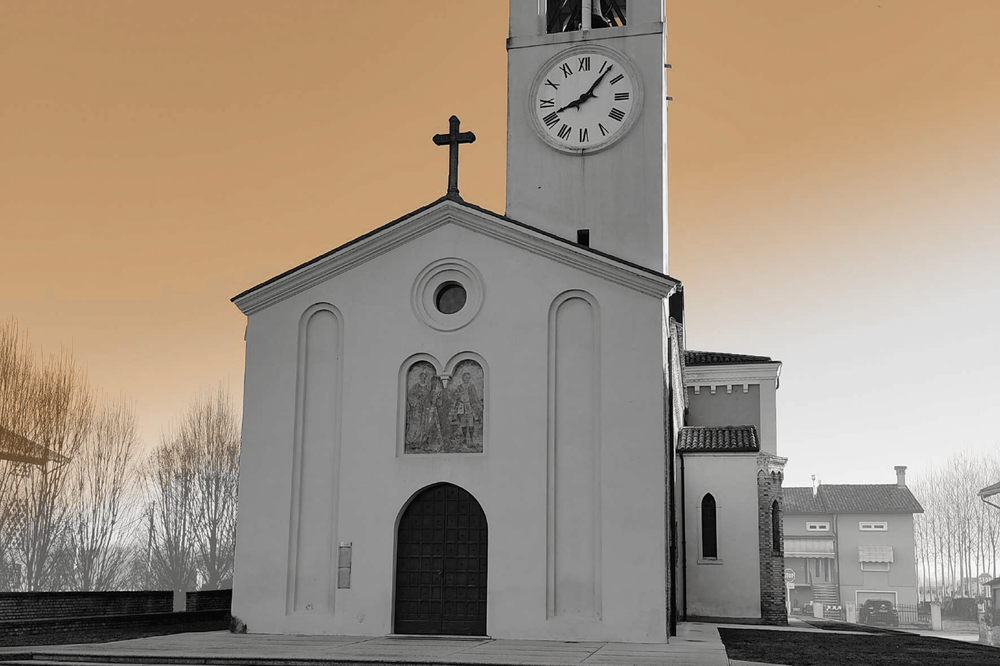
Church of St. Andrew the Apostle
The Church of a Thousand Faces
The church in Taiedo represents the period from the late 19th to early 20th centuries when larger places of worship became necessary due to expanding communities. It is a fascinating blend of old and new, as not everything was replaced. Romanesque lines intertwine with neo-Gothic elements, and a bell tower of uncertain date is positioned directly above the façade, contributing to the church's multifaceted architectural setting.
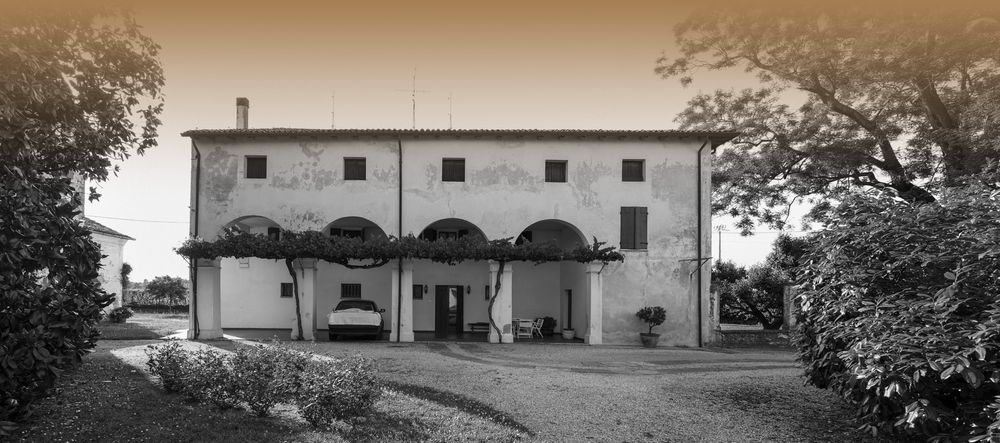
Villa Metz-Marzola
The villa and the silkworm factories
The manor house dates back to the 16th century and underwent extensive renovation between 1871-1872, the absolute testimony of which is given by the north façade. On that occasion Enrico Metz built the other two buildings.
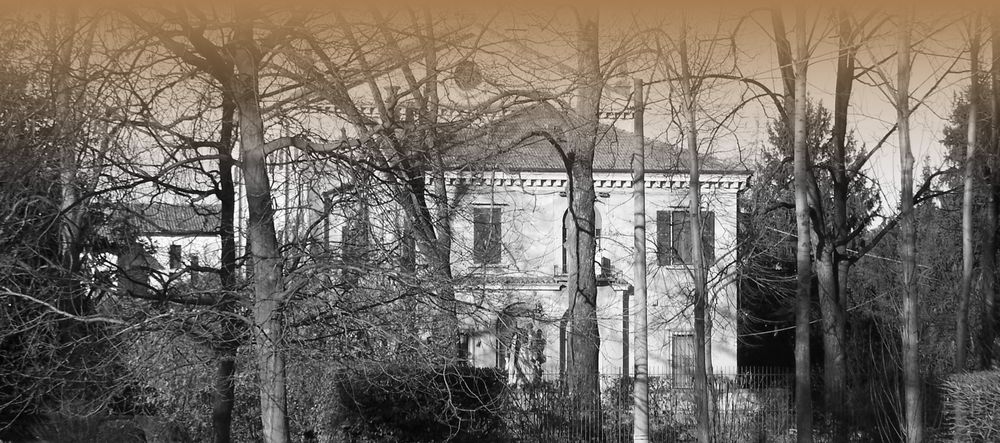
Villa Morassutti in Chions
Building from the second half of the 18th century
The complex dates back to the second half of the 18th century. The main body is probably earlier than the sides which appear to have been added later with particular elegance in the choice of stone decorations.
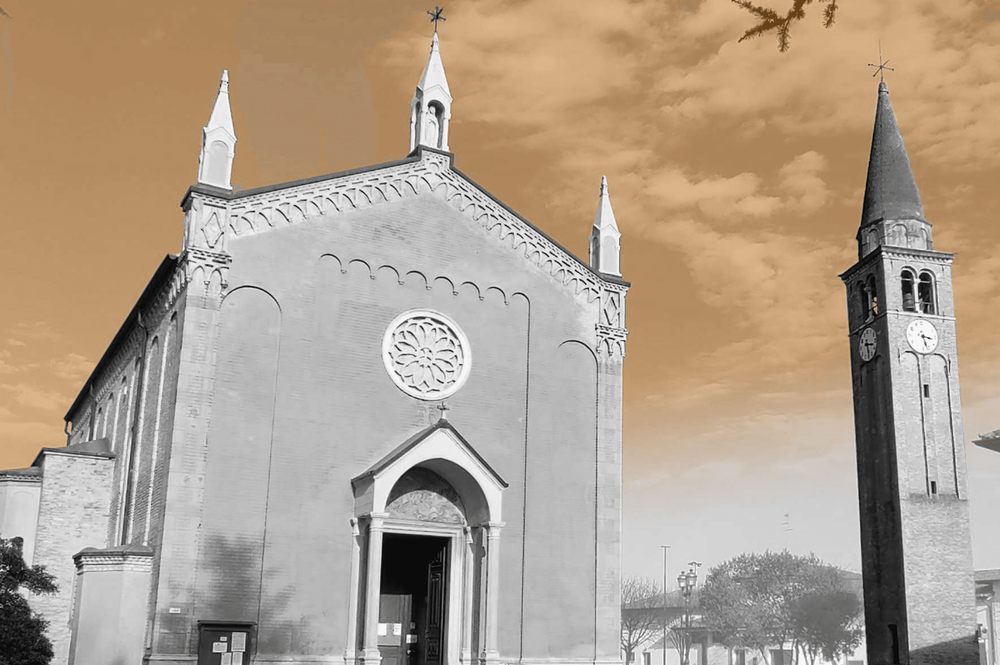
Church of St. George and the Centa
On the hunt for the dragon
When you enter the parish church in the main town, look for the fresco dedicated to the patron saint. It shows him striking the dragon from the saddle of his steed, following the typical hagiography. Like the others in the church, this early 16th-century fresco was made by a painter from the school of Andrea Bellunello, whose influences are clearly evident.
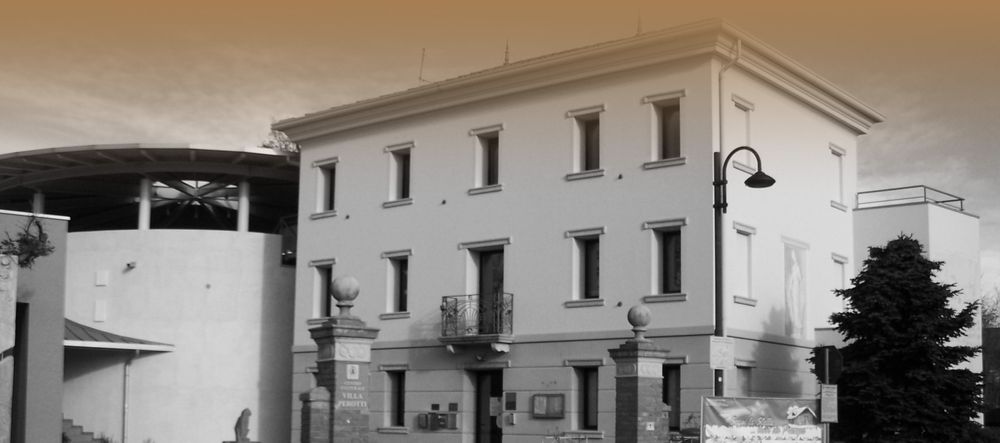
Villa Perotti
Un modello ottocentesco di casa padronale
The villa has a rectangular plan, and is made up of three floors above ground, concluded by a very projecting frame. The classic shape of the facade remains unchanged
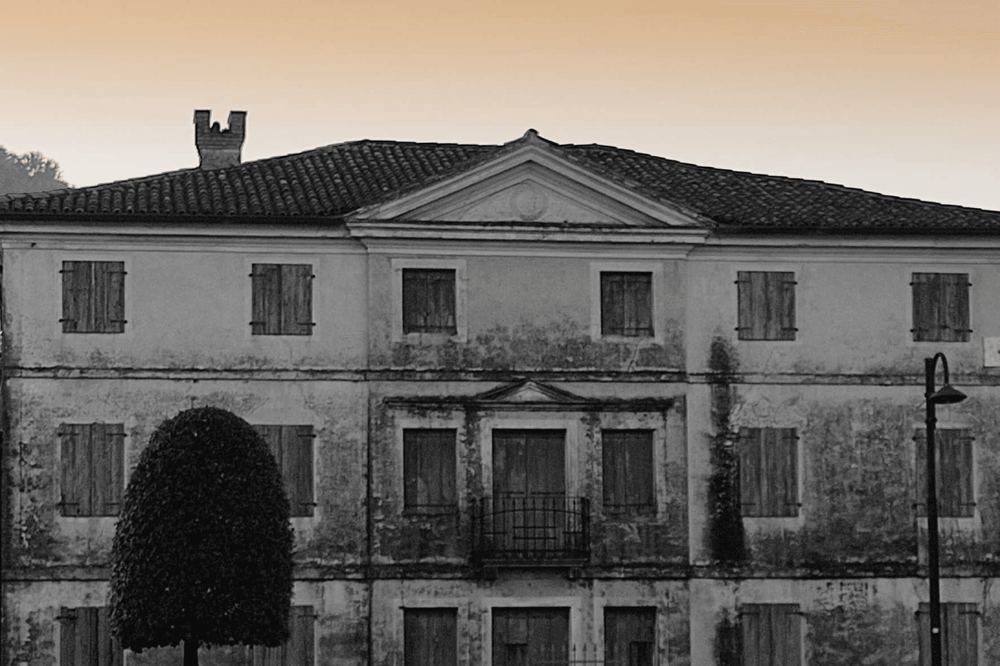
Villa Azzano
A rhythmic villa
The villa dates back to the 19th century and has a main body with a rectangular plan which is spread over three floors. The façade is divided into three parts, thanks to a play of volumes, because the central body projects slightly and is surmounted by a triangular tympanum.
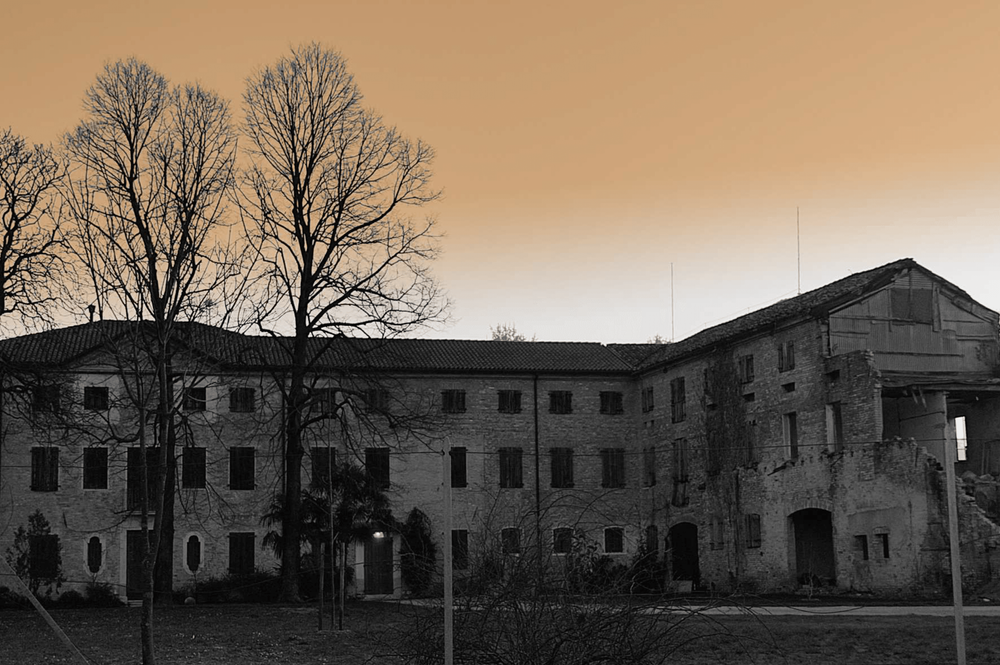
Villa Cossetti
A villa and several interventions
Following the numerous renovations that have taken place over the years and which have changed its volume. The villa, probably dating back to the first half of the eighteenth century, has a tripartite façade with three floors and whose central body is surmounted by a triangular tympanum
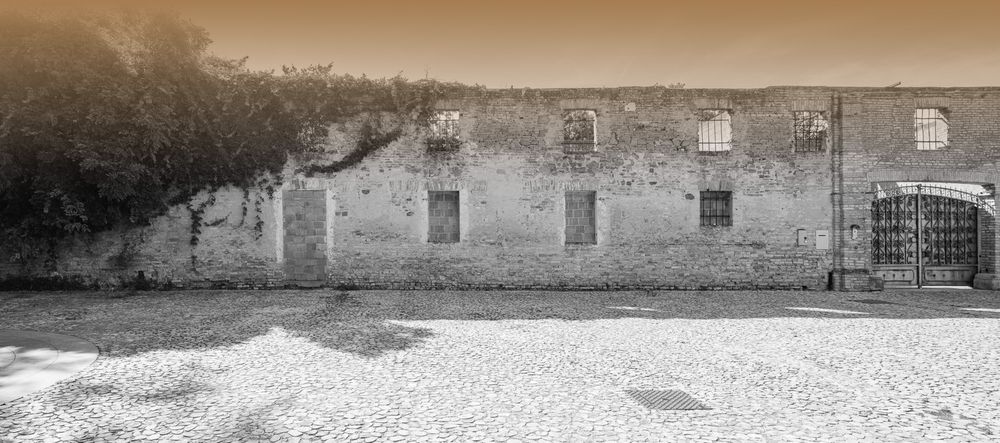
Panigai Castle - Itinerary 2 arrival
The remains of an ancient castle
A point of reference near the end of the itinerary is the castle of Panigai, built in medieval times to defend the western borders of the Patriarchate of Aquileia. Destroyed already at the beginning of the 16th century, other more elegant and less martial buildings have found their place on the site
©️ 2024: Pro Casarsa della Delizia APS via Zatti 1, 33072,
Casarsa della Delizia (PN)
Tel. +39 0434 871031
Cell. +39 338 7874972
Email segreteria@procarsa.org
PEC
procasarsa@pec.unplifvg.it
CF 91002390937 - P. IVA 01237500937 - SDI M5UXCR1
www.procasarsa.org








